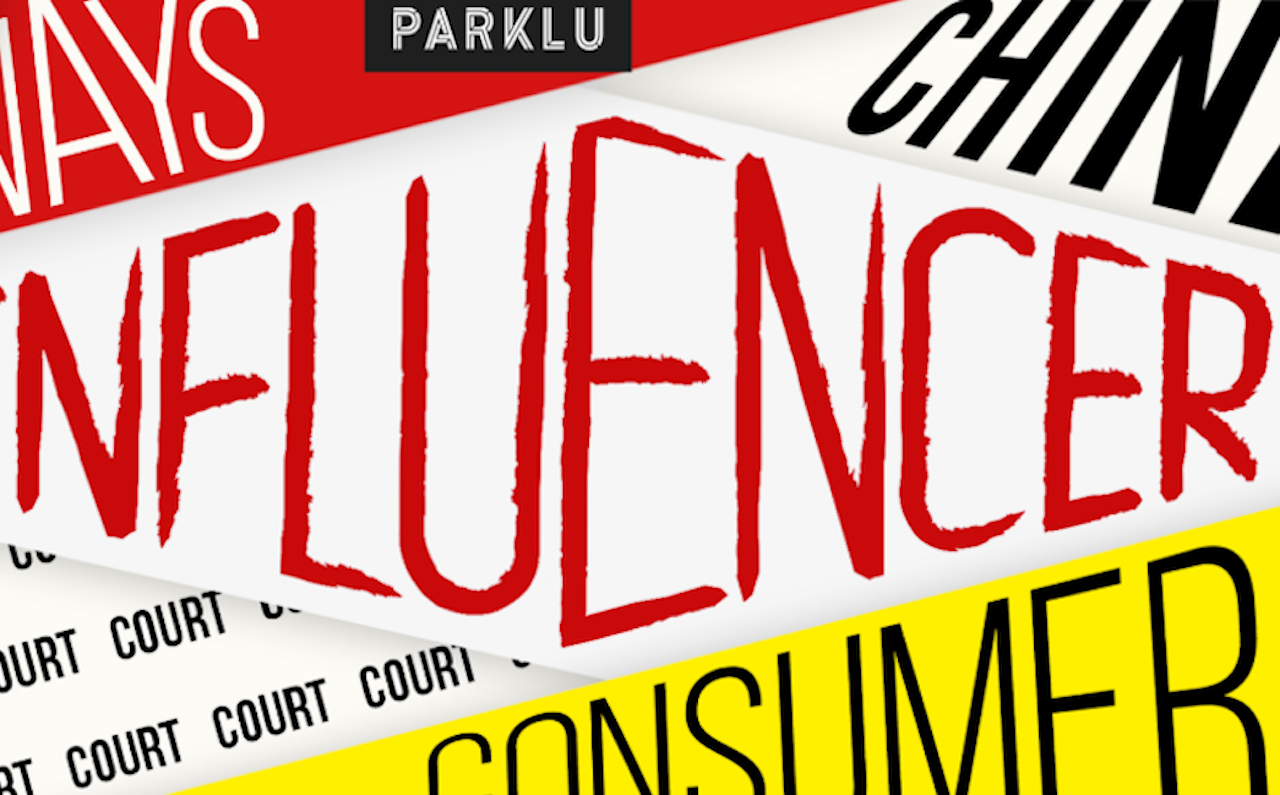This post originally appeared on Parklu, our content partner.
For most brands, e-commerce influencers are the gatekeepers to e-commerce success in China. Marketing teams can try to go it alone, combining content with community building to draw traffic to their own channels, but many will find their attempts yield disappointing returns.
KOLs, on the other hand, give a brand exposure to a relevantly positioned audience in the tens of thousands, or millions—and through an elusive mix of charisma, charm, wit, and ability to inspire trust, persuade consumers to click through to e-commerce platforms and snap up the products being showcased.
Chinese e-commerce influencers play a powerful linking role in the e-commerce sales funnel, but it’s important to understand the variety of formats and techniques these influencers use to engage their followers and showcase different brands and products. Below, we explore eight of the most common formats e-commerce influencers use to drive e-commerce sales.
1. Tutorials#
From replicating famous celebrity makeup looks for a viral hit, to showing viewers how to throw together a popular recipe in the kitchen, tutorials provide an educational way for KOLs to demonstrate not only how to use products, but how certain products can help consumers achieve their end goal. For example, a beauty consumer might search for a video on how to achieve the perfect contoured makeup, and if the KOL has done a good job in showing which products they used for each step in their contour tutorial, the viewer might then go on to buy those specific products, now that they’ve seen that they can help achieve their end goals.
There are numerous ways tutorials can manifest on e-commerce platforms, including Weitao and Tmall Live—and they don’t necessarily need to exclusively be online. In the summer of 2018, for example, Bobbi Brown teamed up with KOLs @狐小狸, @Miss沐夏, and @长颈鹿小姐ss on Tmall for a makeup tutorial pop-up event at Beijing APM Mall. The influencers did makeup demonstrations at the event and live-streamed them for online viewers, with @长颈鹿小姐ss racking up 186,700 views.
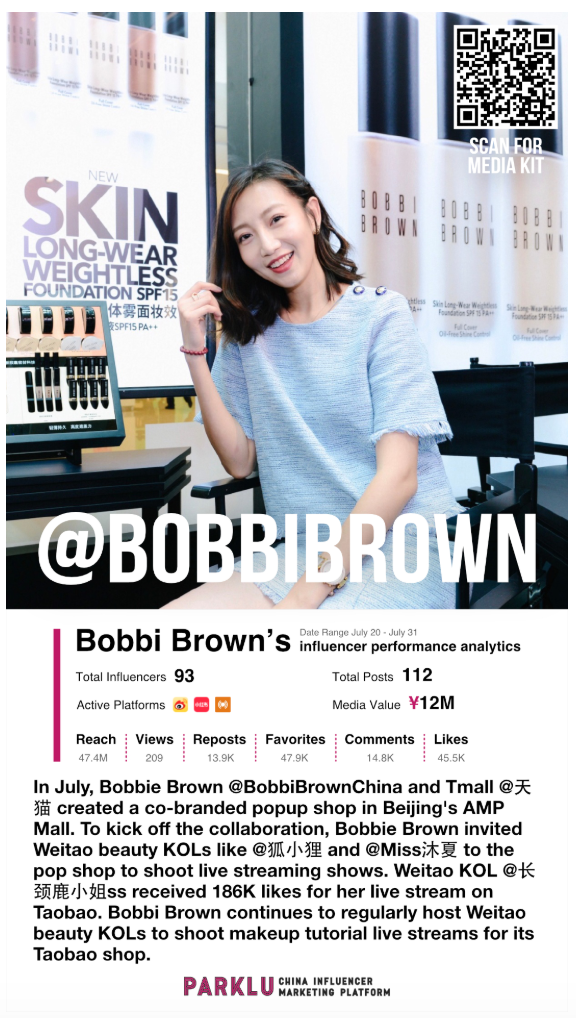
Tutorials don’t all need to be serious either—celebrity makeup replications, for example, are as much entertaining as they are informative and could provide consumers a more in-depth path to exploring a brand’s cosmetic offerings.
2. Unboxing Videos#
This video marketing trend isn’t going away any time soon. This addictive style highlights a brand’s packaging and presentation and usually features newly launched or limited-edition products, while also tapping into a viewer’s intrinsic curiosity. A brand that is going to work with a KOL for an unboxing video needs to think through every aspect of the unboxing experience, from the design of the product itself to the way it looks when it arrives on the influencer’s doorstep, and what the KOL will encounter as they peel away each layer, from delicately labeled information cards to colorful bubble wrap.
The intimacy of an unboxing video lends itself well to establishing authenticity and trust between the viewer and the KOL. In videos of this category, e-commerce influencers usually discuss each product they’ve ordered in-depth, and viewers are able to get a more full-circle understanding of what they’re ordering, compared to simple product sharing videos or reviews.
The particularly great thing about unboxing videos is that they work for nearly every product category, from shoes and clothes to makeup and tech.
3. Experience Sharing#
E-commerce influencers can apply their personality and individual allure to provide context around a brand or product through sharing their experiences. For example, Gen Z influencer AQin (阿沁) is a frequent traveler and often talks about her beauty regimen in the context of her travels. Platforms like Taobao Live give KOLs and brands the opportunity to let their followers tune in as they walk them through stores and shopping malls, interview designers and shopkeepers, and even travel around a city, all the while showing off a particular brand or product through the lens of a trendy or inspiring experience. After all, fans often look to KOLs’ lives as either one they themselves relate to or are aspiring to replicate themselves, so a brand has an opportunity to become a part of that aspiration.
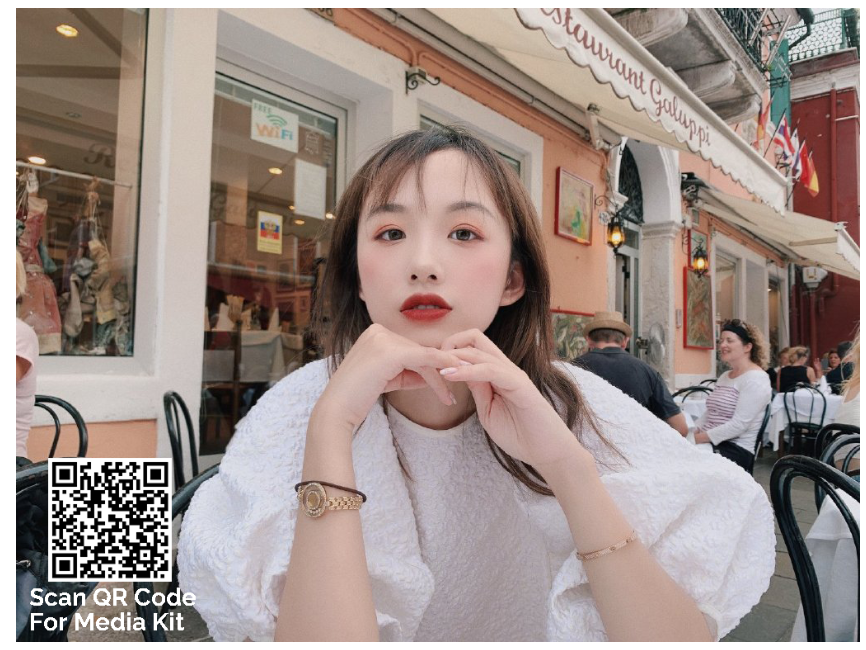
Brands should not be afraid to think outside the box when it comes to providing an experience for KOLs to relay to their fans. For example, during the Double 11 shopping festival, L’Oreal Paris installed virtual mirrors at various boutiques where customers could try on looks and immediately place an order through their online flagship store. A KOL working with L’Oreal Paris could then walk their viewers through these offline experiences, adding a further dimension to a customer’s interaction with a brand.
4. Reviews#
Another staple strategy for nearly any product category, from travel, to beauty, tech, and food, reviews generally cover user experience and critique how well a product works, as well as go over the pros and cons of the product. They can either be demonstrated through videos or through written blog posts depending on the individual KOL. Reviews can also be paired with brief tutorials or tips to offer broader insight.
Marketers also shouldn’t forget the importance of user reviews for their product either—these not only relay valuable feedback to the brand, but they create “micro-influencers” out of customers. Countless potential customers find out about a product or brand through their friends, family, or community, so the more people encouraged to talk about their experience with a product, the better chance that the brand will reach their target customer. KOLs can encourage or incentivize their followers to share their own opinions and experiences with the product either within the KOL’s forum or on the brand’s own page.
5. Product Sharing#
Product sharing is a more relaxed cousin of the product review, but still effective at generating excitement around a specific item. Product sharing works well with short videos and live streams on platforms like Taobao Live, in which a KOL will display the product and talk viewers through its various functions and applications, infomercial-style.
The KOL’s personality and charisma are arguably the key components of the product sharing video, so brands should screen potential partners for tone, style, and compatibility with the brand’s positioning and values. The KOL’s followers may not be particularly interested in the product. They will come to be entertained by the influencer, but if the KOL can bring the product to life in a compelling way, followers may still be convinced to purchase. A good example is Gen Z influencer Benny, or Dong Zichu, who brings sass and humor to his cosmetic demonstrations, earning a following of 4 million on Sina Weibo.
Another vital element in the dynamic is trust. Many KOLs have intensely loyal followings who will act on their idols’ recommendations. So when Li Jiaqi utters his “Buy it!” catchphrase, his followers have shown remarkable willingness to do just that. Li famously sold 15,000 lipsticks in only five minutes during 2018’s Singles’ Day sales. Li’s more recent woes have underlined the centrality of trust—a disastrous demonstration of a supposedly non-stick frying pan ended in failure, with eggs stuck to the pan and metaphorical egg on Li’s face taking some of the gloss off his credibility.
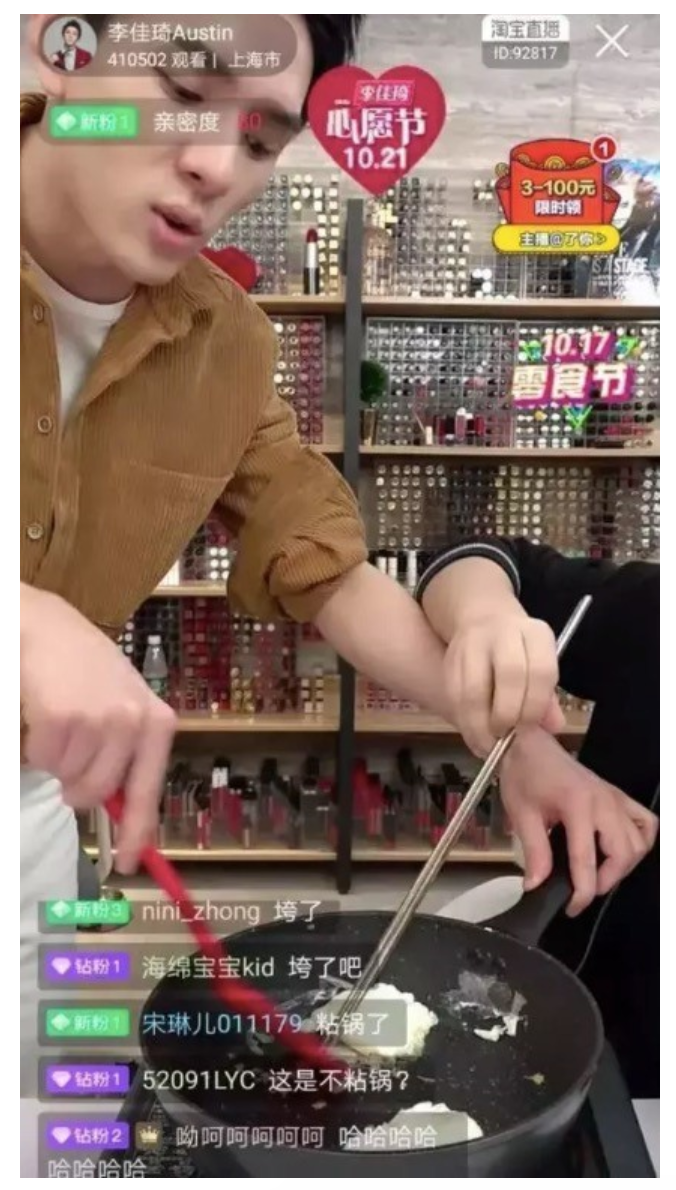
6. Celebrity Cameos#
While KOLs themselves inspire the affection of their followers, inviting another celebrity to make a guest appearance on a KOL’s live stream is one way to create a spike in viewer interest. Curious fans will tune in to enjoy the chemistry between the stars and see what fun unfolds. For the celebrity guests, the draw is akin to a traditional late-night talk show on TV— KOL live streams are where the traffic is.
There are lots of successful instances of this, but the best recent example saw Kim Kardashian West appear on Viya’s marathon six-hour live stream to promote her KKW fragrance in the buildup to Alibaba’s Singles’ Day. The live stream was viewed by an estimated 12 million people on Viya’s channel, with a further 30,000 tuning in via the KKW channel on Tmall. Result: Kardashian’s entire allocation of 15,000 bottles of perfume sold out in just a few minutes.
One of the top e-commerce influencers Li Jiaqi and Alibaba founder Jack Ma took part in a head-to-head lipstick sales contest in a live stream for last year’s Singles’ Day—Li sold 100 times more lipsticks than the Chinese business guru. And seeking to find a way back into the public eye after falling foul of tax authorities in 2018, Fan Bingbing appeared with influencer Xue Li on a live stream, selling 110,000 of her Fan Beauty face masks (worth a total $2m) in under five minutes.
Although Li Jiaqi’s reputation took a hit over the non-stick pan debacle mentioned earlier, he appears to be bouncing back, scoring a viral hit with a video featuring the KOL putting lipstick on actor Gao Xiaosong. Gao’s visible nervousness during the experience provoked delight among viewers and made headlines online.

7. Exclusive Discounts#
Due to their large audiences, KOLs have the leverage to get brands to agree to deeper discounts than would be offered in regular online and offline stores. KOLs then press viewers’ buttons by ramping up a sense of exclusivity and stressing the limited-time nature of the discount. Influencers can run flash sales on live streaming platforms—including on Tmall and Taobao—but also using text posts via their social channels.
8. Brand Collaborations#
Another effective tactic that plays right into the KOL-follower dynamic is for brands to team up with influencers to release joint products. Seeking the KOL’s personal input at each stage of development communicates to fans that the product is an expression of the influencer’s aesthetic, not just something the brand has slapped a KOL’s name on. The KOL can then use their channels to promote the product, and followers will likely rush to purchase the limited edition item. For example, handbag maven Mr. Bags has achieved impressive results working with a series of brands including Givenchy, Tod’s and Dunhill to create limited-run bags.
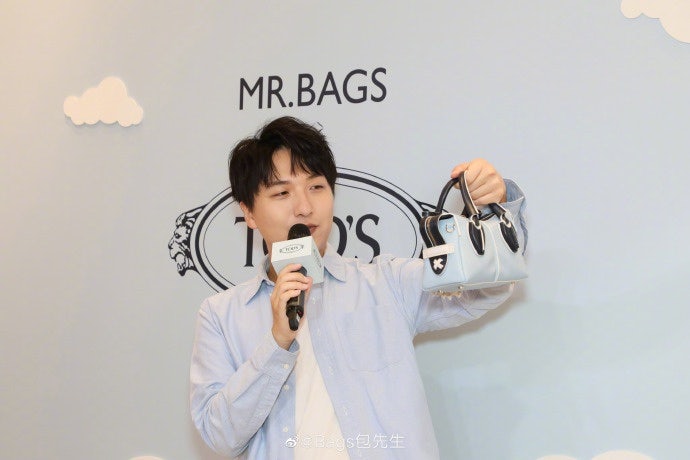
Conclusion#
Brands and marketers looking to tap the Chinese consumer need to remember that shoppers need at least eight touch points with a brand or product before committing to a purchase. Keeping all eight of these e-commerce influencer strategies on hand will ensure that potential customers will either encounter a product from numerous vantage points or engage with it in a way that entices them to bring out their wallets.
